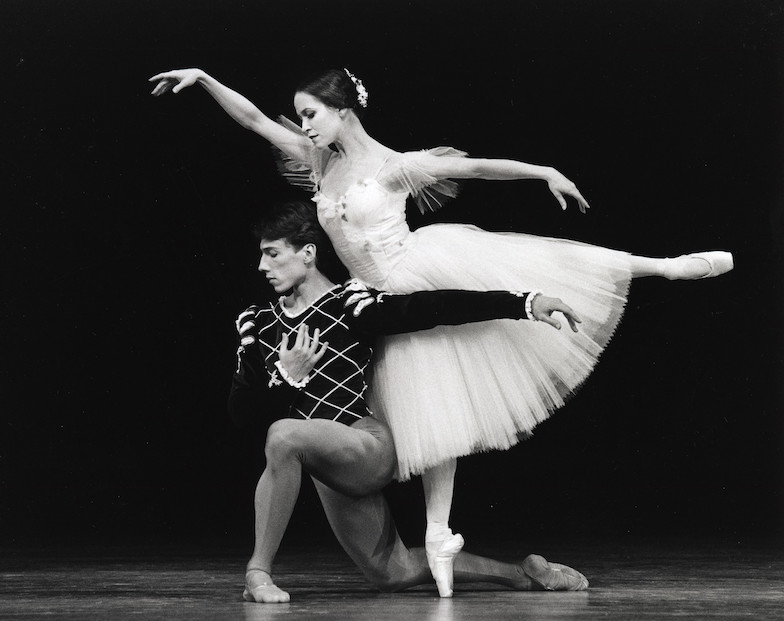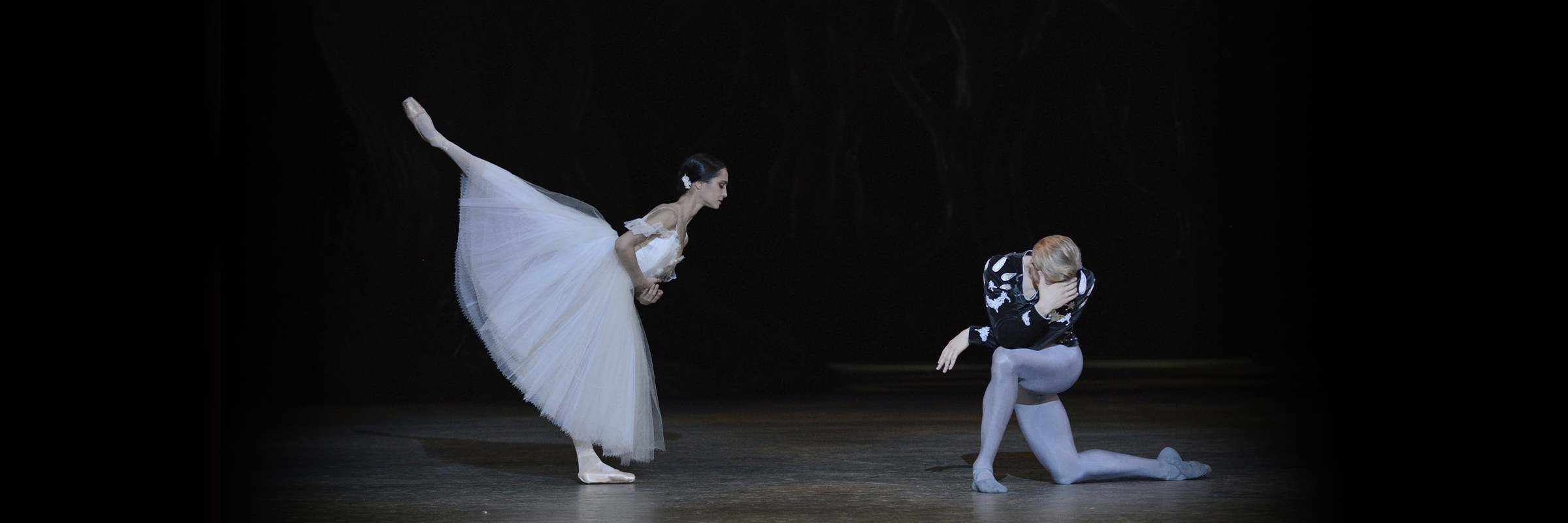FORMER ARTISTIC DIRECTOR HELGI TOMASSON ON GISELLE
Tweaking a Classic
Former SF Ballet artistic director Helgi Tomasson was a young dancer when he “fell in love” with Giselle. “I loved dancing Albrecht.” He had plenty of opportunity to do so, in four productions and with four companies: Erik Bruhn’s Giselle for the Royal Danish Ballet, Alicia Alonso’s at Paris Opera Ballet, David Blair’s for American Ballet Theatre, and Anton Dolin’s at National Ballet of Iceland. When he decided to create his own production of Giselle, Tomasson says, “I tried to bring my love for it to the stage.” Tomasson retained most of the Coralli/Perrot choreography and much of Dolin’s approach. “A lot of things Dolin had spoken about came into my mind as I was working, particularly the way he interpreted Albrecht,” he says. “He made him more noble, aristocratic. It’s because of circumstances that he leaves Giselle in the first act; it’s not his choice. He realizes how much in love with her he is.” Tomasson speculates about why Albrecht might be drawn to Giselle: “Is it because he doesn’t care for the superficiality of the court? Is that what led him away? And her innocence, her joy of life—she wasn’t pretending to be someone else. Maybe that’s what he fell in love with.”
Tomasson looked for ways to update the ballet that retained its integrity and intent. Some changes you make “because of what you have around you,” says Tomasson. “We have fabulous male dancers these days, in many companies. Is there a way to incorporate them [more fully] into the production and still have it make sense?” To expand Albrecht’s role, he added a pas de deux in Act I, setting it to a portion of the original score that had fallen out of use. “To me, Albrecht wanted to show off for Giselle, and how would he do that?” he says. “In ballet, he would dance. The music was there, so why not do that?” He also changed the Act I peasant pas de deux (for two dancers) to a pas de cinq (for five). After all, he reasoned, it made sense that a dance that celebrates friendship and the harvest would include more people—and thus allow him to feature more dancers.









